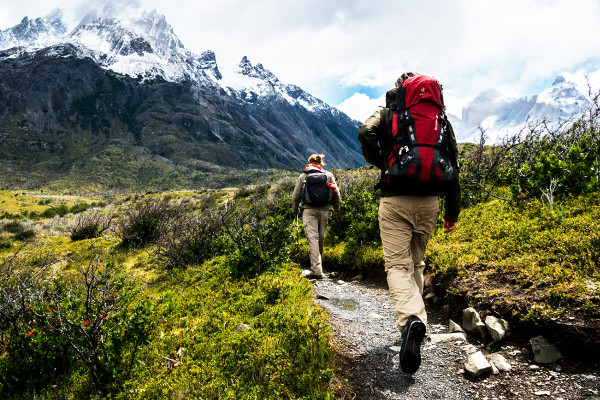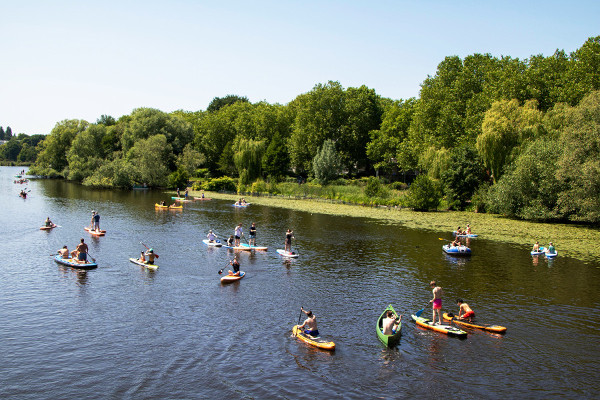How to Prepare for and Enjoy Visiting a National Park: Essential Tips and Guidance
Visiting a national park is a chance to step away from everyday life and immerse yourself in nature’s wonders. Whether you’re a first-timer or a seasoned explorer, knowing what to expect and how to prepare makes all the difference. From packing smart to understanding park rules, and from spotting wildlife to staying safe, this guide offers practical advice to help you connect deeply with the great outdoors and make your visit both joyful and stress-free.
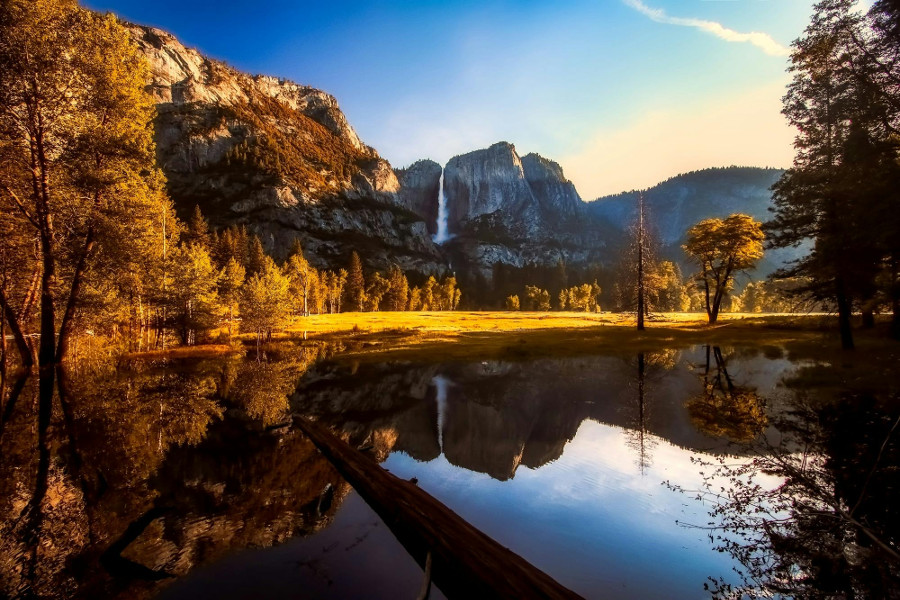
What should I pack for visiting a national park?
Visiting a national park means preparing to spend time immersed in nature’s beauty, so packing right is key. It’s not just about bringing stuff; it’s about having what truly helps you enjoy and stay comfortable. Think of sturdy shoes that can handle trails, layered clothes for changing weather, and a hat and sunscreen to protect from the sun’s rays. Water is essential – you’ll want enough to stay hydrated on your adventures. A small first aid kit and insect spray help you handle the unexpected. And don’t forget a map or a GPS device, so you don’t lose your way in the wilderness. When you pack thoughtfully, you’re ready to fully appreciate the natural world without worry.
How do I find out where national parks are located and how do I arrive there?
Finding your way to a national park is easier than you might think, thanks to today’s technology and helpful resources. Start by visiting official websites like the National Park Service – they give you exact locations, directions, and even travel tips. GPS apps and Google Maps can guide you step-by-step from your home to the park’s entrance. Some parks have several access points, so picking the one closest to what you want to see makes your trip smoother. If the park is far off the beaten path, research local shuttle services or nearby airports. Knowing the route before you go lets you focus on soaking in the sights once you arrive.
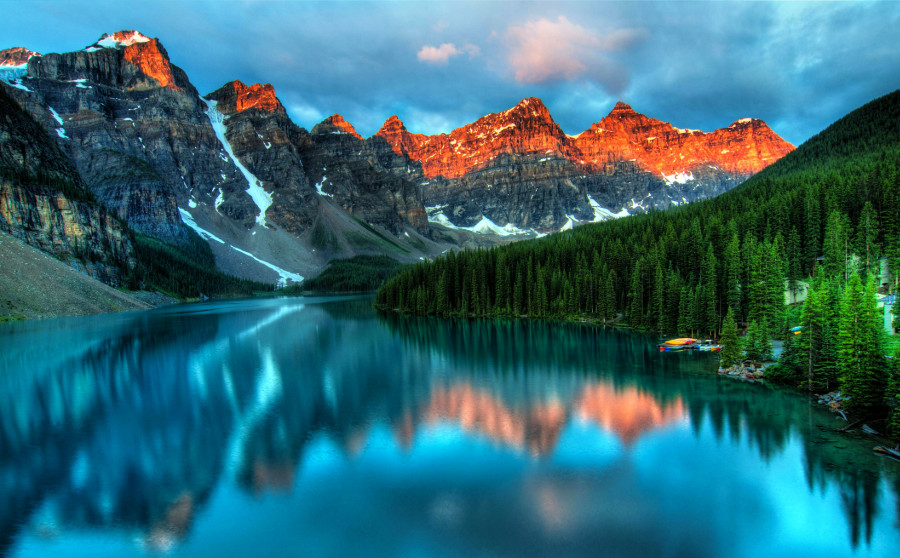
What are the entrance fees for national parks?
Most national parks ask for a small entrance fee to help care for the land and provide services to visitors. These fees usually depend on the park and your mode of entry – whether you’re arriving by car, foot, or bike. You might pay anywhere from a few dollars to about thirty-five for a vehicle. If you’re planning to explore multiple parks over a year, an annual pass could be a smart investment. Many parks also have free entry days, so it’s worth checking their calendars. Fees help keep parks pristine and safe, so paying them is a way to give back to the places that give us so much joy.
Can I camp overnight in national parks?
Spending the night in a national park is a special way to connect with nature beyond the daytime hours. Most parks have designated campgrounds where you can set up a tent or park an RV. These spots often come with picnic tables and fire rings, making it easier to enjoy a cozy evening. But camping isn’t always just about comfort – some parks offer backcountry sites for those who want a wilder, more remote experience, usually with a permit. If you decide to camp, remember to follow the rules about fires, food storage, and respecting wildlife. The night sounds and stars make camping a magical way to truly belong to the natural world.
What wildlife can I expect to see in national parks?
One of the greatest joys of visiting a national park is encountering its wildlife in their natural home. Depending on where you are, you might spot deer grazing peacefully, hear the call of a hawk soaring above, or glimpse a bear from a safe distance. Parks can be home to a stunning variety of creatures – from tiny insects to majestic bison. Early mornings and evenings are often the best times to see animals actively moving about. Remember, these are wild beings – observe quietly and never feed them. Watching wildlife responsibly lets you feel the pulse of the ecosystem while keeping animals safe and free.
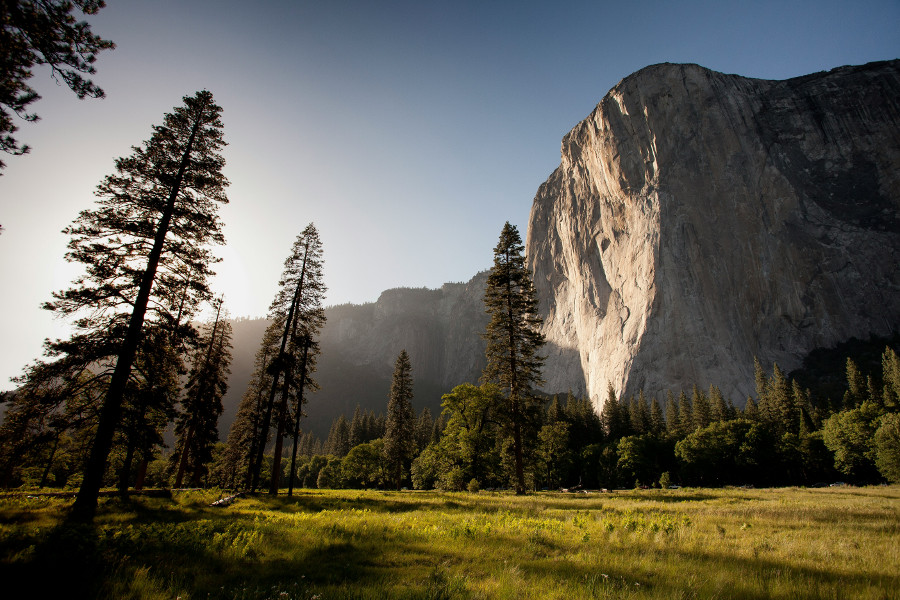
Here are a few useful links:
- U.S. National Park Service (NPS) – Official Government Resource
- National Park Foundation – Official Charitable Partner
- Reddit – r/NationalParks Community
Are pets allowed in national parks?
Bringing your furry friend along can be a wonderful way to share the park experience, but it’s important to know the rules. Most national parks allow pets only in certain areas like campgrounds, parking lots, or on some specific trails – and always on a leash no longer than six feet. Pets usually aren’t allowed on backcountry trails or near sensitive wildlife habitats. This helps protect both your pet and the wild creatures that live there. Cleaning up after your pet is essential to keep the park clean for everyone. Before you pack your dog’s leash, double-check the park’s pet policy so your visit is safe and enjoyable.
How do I stay safe while visiting a national park?
Safety in a national park starts with respect – respect for nature, the wildlife, and your own limits. Stick to marked trails and don’t wander off; this keeps you on solid ground and protects fragile ecosystems. Carry enough water and snacks to keep your energy up, and dress for the weather because conditions can change quickly. Let someone know where you’re headed and when you expect to return. Wildlife encounters are thrilling but keep a safe distance and don’t feed animals. In bear country, carrying bear spray and knowing how to use it is crucial. Staying alert and prepared lets you enjoy your adventure without unnecessary risks.
What facilities and amenities are available in national parks?
Many national parks provide visitor centers where you can get maps, learn about the park’s history, and join ranger-led programs. Restrooms, picnic areas, and campgrounds with fire rings and water sources are common. Some parks even have lodges or cabins for a more comfortable overnight stay. However, not all parks are the same – some are remote and offer few amenities, so it’s smart to plan ahead. Whether you’re looking for a cozy place to rest or just a clean restroom after a long hike, knowing what’s available helps you prepare so your time in nature is as smooth and enjoyable as possible.
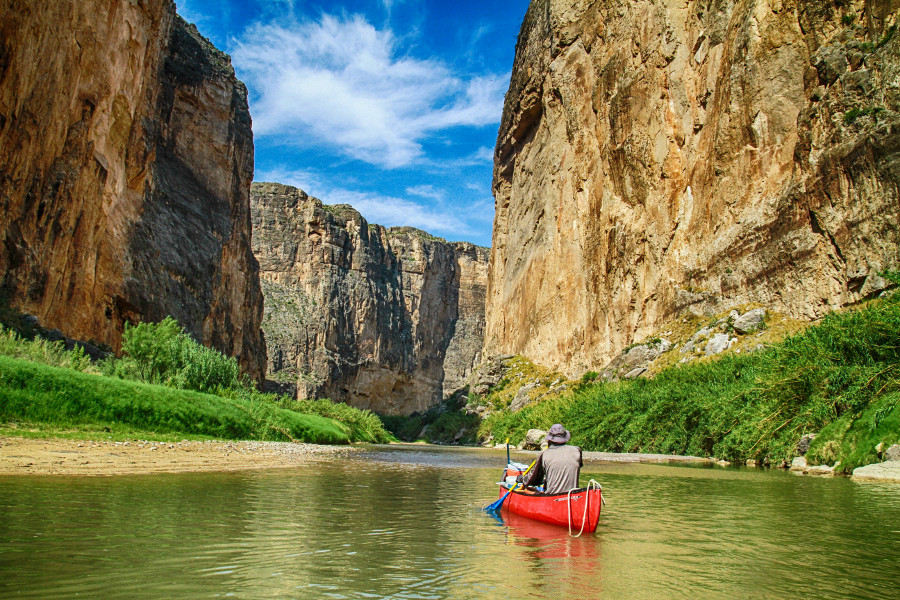
Are national parks wheelchair accessible?
Many national parks work hard to make their beauty available to everyone, including visitors who use wheelchairs. You’ll often find paved or smooth trails, ramps, and accessible restrooms. Visitor centers and popular viewpoints usually have wheelchair-friendly access. But remember, not every trail or area can be adapted because of rugged terrain or delicate ecosystems. Some parks offer shuttle services or even adaptive equipment rentals. It’s a good idea to check the park’s official resources before you go, so you can plan your visit and enjoy the park’s wonders comfortably and without surprises.
Can I bring food and drinks into national parks?
Bringing your own food and drinks into a national park is generally encouraged, especially to stay energized and hydrated during your visit. You’ll find picnic spots where you can sit and enjoy a meal surrounded by nature’s beauty. But it’s vital to pack out all trash and leftover food to keep the park clean and protect wildlife. In places with bears or other curious animals, storing food in bear-proof containers is often required to prevent unwanted visits. Avoid feeding animals – human food can harm them and disrupt their natural habits. By managing your food responsibly, you help preserve the park’s health and its wild residents.
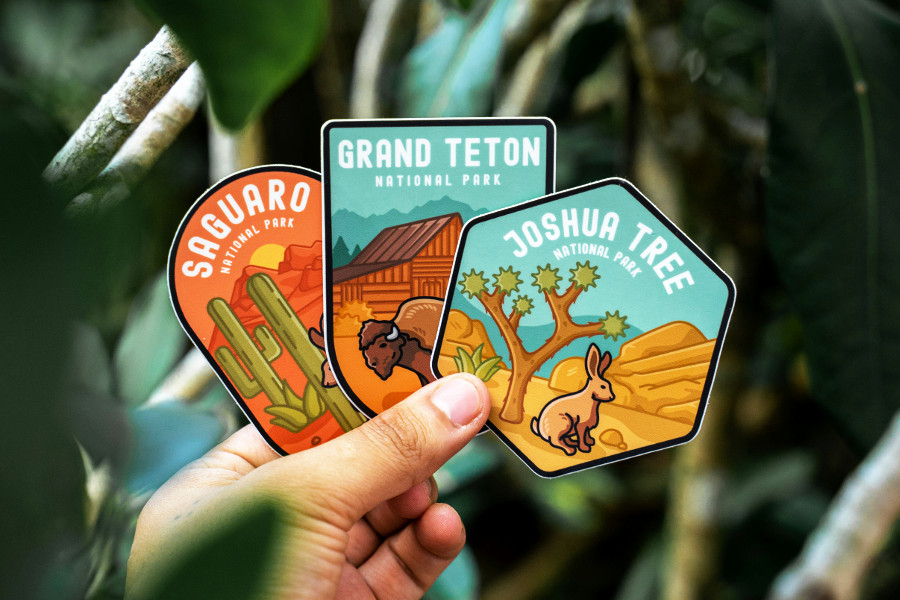
What are the rules and regulations for visiting national parks?
National parks have rules in place to protect the land, wildlife, and all visitors. You’ll be asked to stay on marked trails and not disturb plants or animals. Feeding wildlife is never allowed because it’s unsafe and harmful. Certain activities like backcountry camping or fishing may require permits. Fires must only be made in designated areas to prevent wildfires. Collecting rocks, plants, or artifacts is forbidden to preserve the park’s natural and cultural heritage. Following speed limits and quiet hours helps maintain a peaceful environment. Checking the park’s specific rules before you visit means you’ll respect the park’s spirit and help keep it beautiful for future generations.
What activities can I do in a national park?
National parks are playgrounds for nature lovers with something for everyone. Hiking through scenic trails lets you discover stunning views and hidden gems. You can watch birds, take photos, or simply sit quietly and soak in the peaceful atmosphere. Camping lets you experience the park after dark, while some parks offer ranger-led tours and educational talks to deepen your connection to the land. Water activities like fishing, kayaking, or swimming might be available depending on the park. In winter, you could try snowshoeing or cross-country skiing. Whatever you choose, the park invites you to slow down, explore, and reconnect with the natural world.
Have fun with your adventure in exploring national parks.

